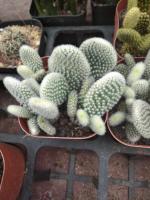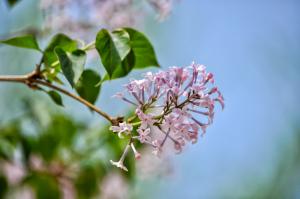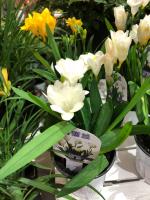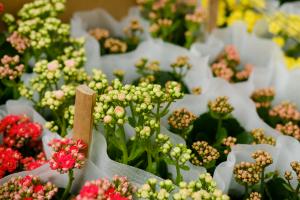Introduction
Invasive plants and trees have been a major concern in Maine for many years. Over the decades, they have caused significant damages to the state's natural ecosystems, including forests, wetlands, and water bodies. This article examines how these invasive species have damaged Maine and what measures are being taken to control their spread.
What are invasive plants and trees?
Invasive plants and trees are non-native species that have been introduced to an area and have negative consequences for the environment, economy, or human health. They are able to outcompete native plants, grow rapidly, and often spread quickly. In Maine, some of the invasive plants and trees include Japanese Knotweed, Multiflora Rose, Purple Loosestrife, Eurasian Watermilfoil, and Norway Maple.
Damage to Maine's natural ecosystems
Invasive plants and trees have caused significant damage to Maine's natural ecosystems. They outcompete native plants and trees for resources such as water, nutrients, and sunlight, which can lead to a decline in biodiversity. They also alter the physical properties of the soil, making it difficult for native plants to grow. This can lead to erosion and loss of soil fertility. Invasive species can also affect the habitat of native animals by reducing the cover and food sources that native plants provide.
Impact on the economy
The presence of invasive species can have a significant impact on Maine's economy. For example, invasive plants and trees can reduce the productivity of forests, which hurts the logging industry. They can also clog waterways, making it difficult for boats to travel and for fishermen to catch fish. Invasive plants and trees can also reduce the aesthetic value of natural areas, which can affect tourism and recreation industries.
Efforts to control the spread of invasive species
Efforts are being made to control the spread of invasive plants and trees in Maine. One approach is to use mechanical and chemical methods to remove or kill the invasive species. Another approach is to introduce biological control agents, such as insects or fungi, which can target the invasive species without harming native species. Public education campaigns and legislation are also being used to raise awareness and prevent further introductions of invasive species.
Conclusion
Overall, invasive plants and trees are a major threat to Maine's natural ecosystems, economy, and human health. It is important to take action to control the spread of these invasive species and protect the state's natural resources. By working together and using a variety of methods, we can minimize the damages caused by invasive species in Maine and preserve the state's unique natural beauty.

 how many times do yo...
how many times do yo... how many planted tre...
how many planted tre... how many pine trees ...
how many pine trees ... how many pecan trees...
how many pecan trees... how many plants comp...
how many plants comp... how many plants can ...
how many plants can ... how many plants and ...
how many plants and ... how many pepper plan...
how many pepper plan...































